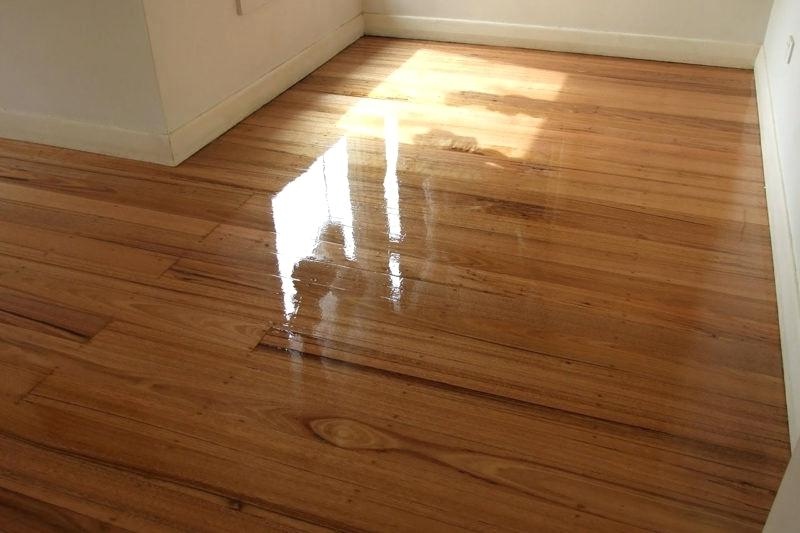October 01, 2018
Can You Use Oil Based Polyurethane Over Latex Paint?

A high-quality latex paint is important for various wood projects such as cabinets, tabletops, and bar tops.
Latex paint adds some shine and a well-polished effect to your wooden projects, but what is polyurethane? And how can you use oil-based polyurethane over latex paint?

Polyurethane is a varnish that has the ability to give your projects a solid and hard finish; this clear varnish has been sought after by a lot of people in recent years as it makes the surface of wood (which, if necessary, can be unwarped using these methods) easy to clean, and prevents both peeling and scratching. Super awesome, right?
What You Need To Know About Polyurethane
Polyurethane comes in two options: water-based polyurethane and oil-based polyurethane.
The best part is that both varieties can be easily used over latex paint, but the application specifics differ in some ways. Here's how:
1. Water-Based Polyurethane
The water-based option of polyurethane is a clear (transparent) varnish that is best used if you want to see the latex paint underneath.
There is one major disadvantage of this option though, and that is its lack of ability to provide a very hard & solid finish.
2. Oil Based Polyurethane
Oil-based polyurethane can be considered the master of polyurethane as it provides a hard and solid finish.
Its disadvantage is noticeable: yellowing can be observed after some time, and this makes it hard to see the color of the latex paint underneath.
You may find this video helpful:
How To Use Polyurethane Over Latex Paint - Preparation
Using oil/water-based polyurethane over latex paint is pretty easy, but the first step is to prepare the surface of your wooden project.
Preparing the surface is pretty simple: all you have to do is wait for the latex paint to dry completely before you sand the surface lightly then simply remove sanding dust with a lint-free cloth (or you can just vacuum it).
Application Of Polyurethane On A Prepared Surface
A coat sealer should be applied after the sanding and vacuuming process. The coat sealer serves as a binding agent that helps the polyurethane stick to the surface.
Note that applying polyurethane is a process that requires a lot of patience. Here's how to apply polyurethane correctly:
- Get the product you need — some are brush-on while others are wipe-on
- 3 thick coats needed for a brush-on polyurethane option
- 5 coats are required for a wipe-on polyurethane option
- Each coat must dry properly before you can apply the next coat of polyurethane
- Keep your project away from dust and dirt
So, can you use oil-based polyurethane over latex paint?
The answer is yes. You can, but the only thing to think about is the potential yellowing of the oil-based polyurethane as it ages. This isn't a real problem but it is something you should know about.
Wipe-on polyurethane types provide a softer finish, while brush-on polyurethane types provide a sturdier finish.
Always remember to stir the paint with a stick before you apply it to keep it free of air bubbles. If you decide to use water-based polyurethane, all vents and ducts should be covered.
Now you know how to use oil-based polyurethane over latex paint, so go ahead and give your wooden project that perfect finish!
Posted by: John at
07:20 PM
| No Comments
| Add Comment
Post contains 552 words, total size 5 kb.
<< Page 1 of 1 >>
13kb generated in CPU 0.0184, elapsed 0.091 seconds.
29 queries taking 0.0791 seconds, 50 records returned.
Powered by Minx 1.1.6c-pink.
29 queries taking 0.0791 seconds, 50 records returned.
Powered by Minx 1.1.6c-pink.









